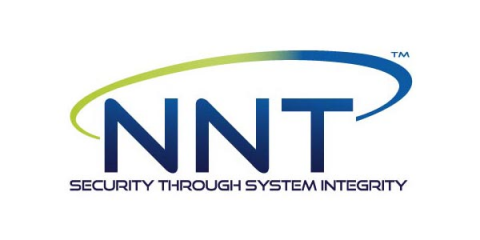5 Steps to Effective Patch Management
Patch management is the process of analyzing the systems within your network for missing updates. This process shines a spotlight on the vulnerable systems within your network, allowing you to apply the necessary patches to those systems. This ensures that any vulnerabilities or bugs present in the software gets fixed.


